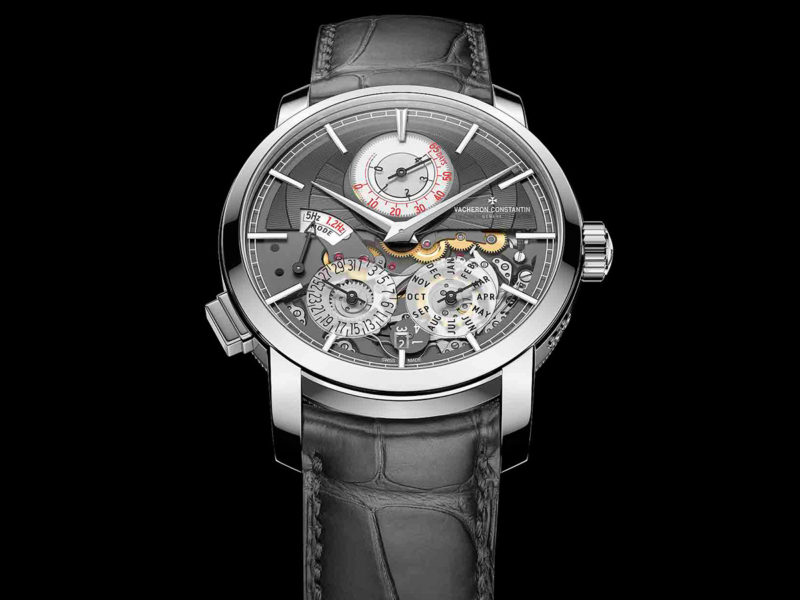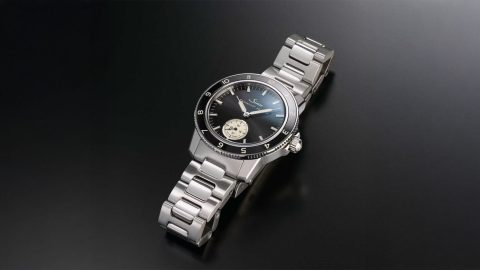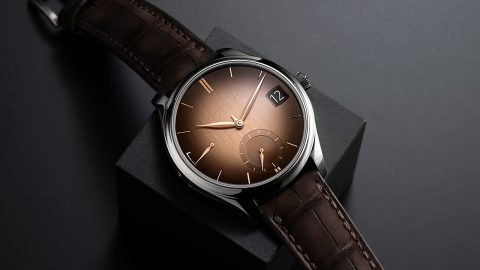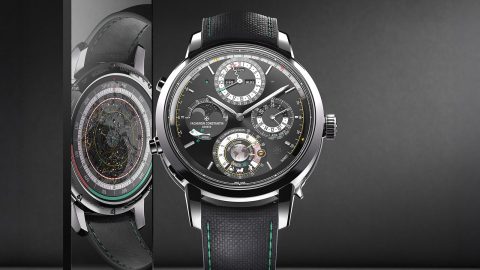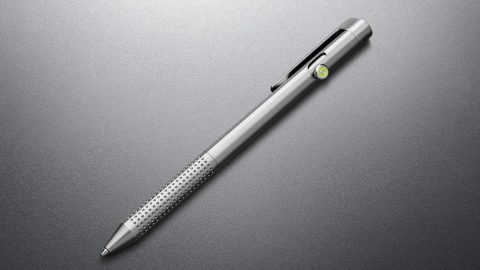Perpetual calendars are high end complications that don’t come cheap. They know when to adjust for leap years and only need to be reset every 100 years. That is, if you keep them wound and going. If you put down the watch for a prolonged period of time and the power reserve depletes (usually in 48 hours or more), the next time you pick up the watch, you don’t simply set the time. You set the calendar.
As you can imagine, no one wants this sort of paranoiac obligation to keep your mechanical watch constantly going, especially when you’re paying that much for the watch. To combat this, some watches have a power reserve of 8 days or so, but what if you go on a skiing trip for a couple of weeks? Yes, you could use a watch winder, but Vacheron Constantin has something better: the Traditionnelle Twin-Beat perpetual calendar. With a whopping 65-day power reserve.
Usually, to achieve a longer power reserve at a certain beat rate, the coiled mainspring simply needs to be longer, which inevitably makes the watch bigger. Vacheron gets around this problem by reducing the beat rate itself. The Traditionnelle Twin-Beat switches between 5Hz and 1.2Hz modes. 5Hz is pretty fast. It’s more accurate from a timekeeping standpoint, but it also puts more strain on the parts. Most high end watches have beat rates (frequency) of 3Hz or less, as a compromise between timekeeping accuracy and service intervals (which will cost you an arm and a leg for high end in-house movements). The Traditionnelle Twin-Beat’s 1.2Hz mode is a standby mode that will keep on ticking even after your unplanned 2-month getaway.
The revolutionary Vacheron Constantin Traditionnelle Twin-Beat is a perfectly wearable 42mm platinum watch, with a sapphire case back that gives an unimpeded view of the stunning movement that incorporates nearly 500 components. Oh, and with a price to match.



